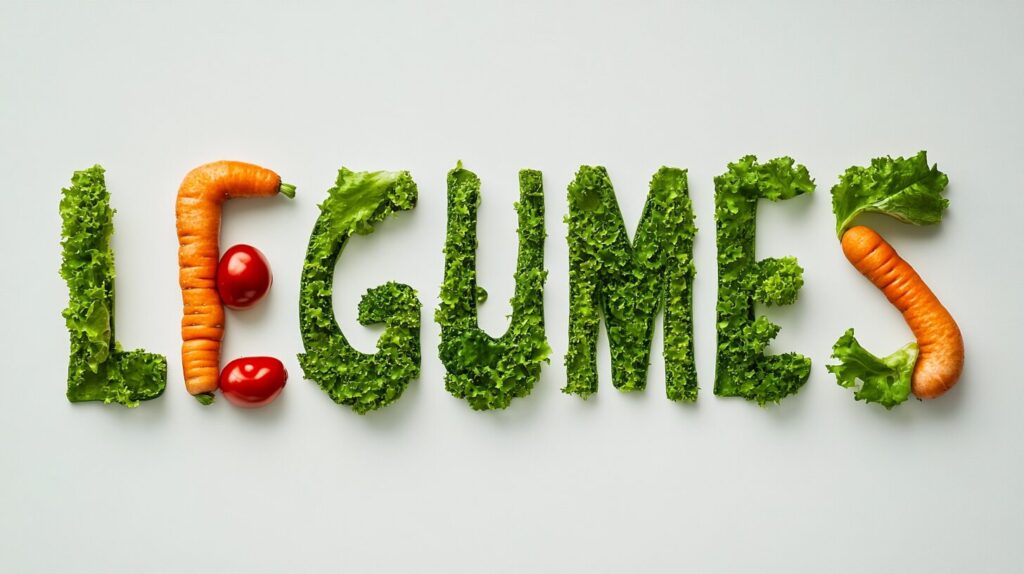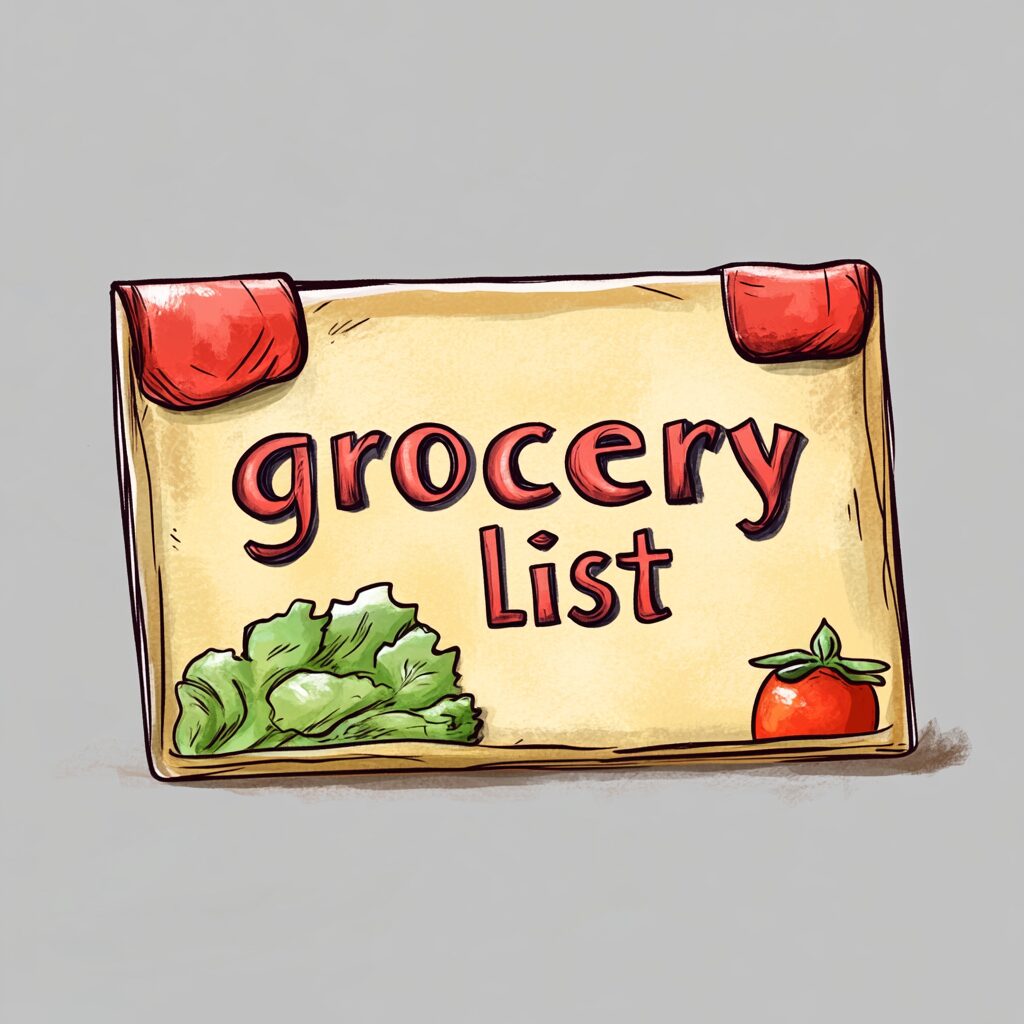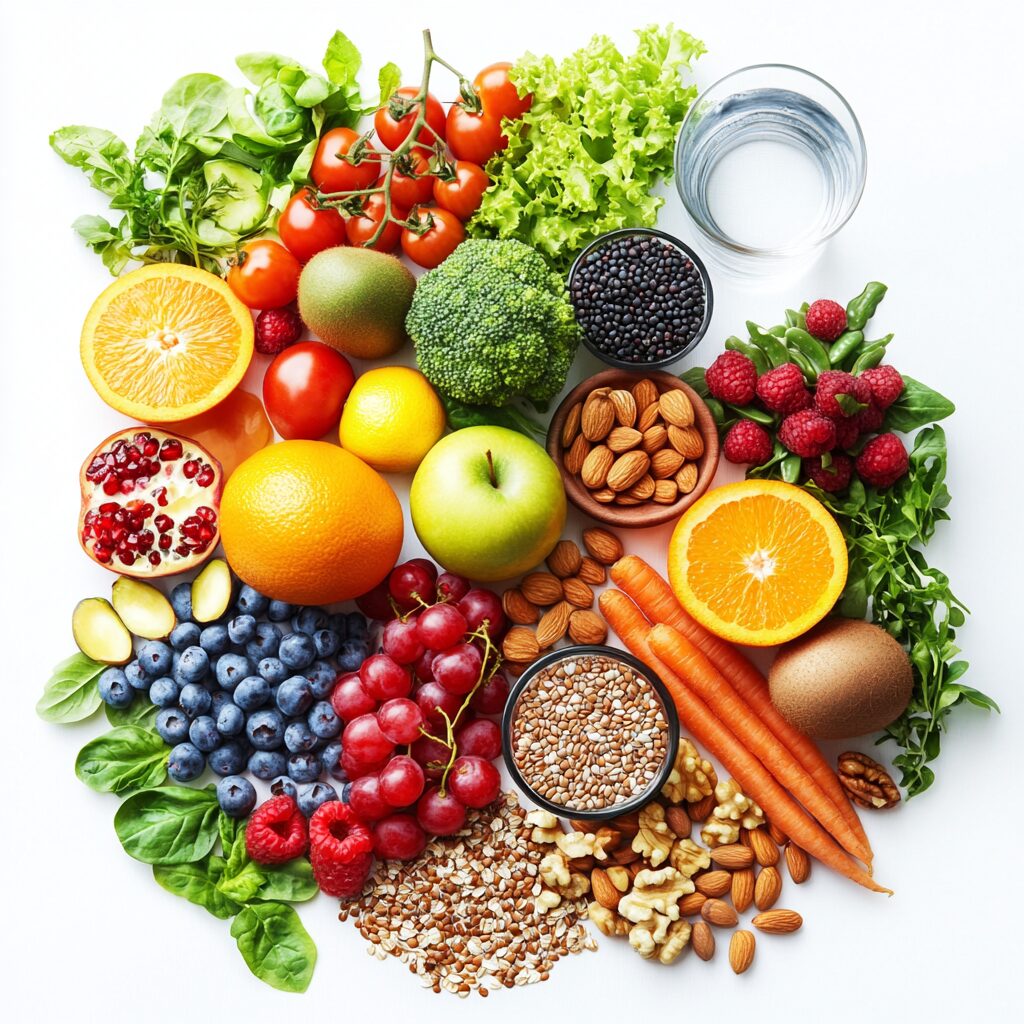If you’re considering embracing a vegetarian lifestyle or simply exploring the world of vegan cooking, incorporating more plant-based meals into your diet comes with numerous benefits for both your health and the environment. Transitioning to a plant-based way of eating has never been easier—over 16 million Americans now identify as vegetarians, reflecting a growing and supportive community.
The plant-based movement is thriving, and food establishments and restaurants are rising to the occasion with delicious vegan alternatives to traditional meat and dairy products. From tips on how to start your vegetarian journey to recipe ideas and a comprehensive shopping list, here’s everything you need to embark on this exciting and sustainable lifestyle.
Table of Contents
Choosing your type of vegetarian
When deciding which type of vegetarian diet suits you best, it’s important to explore the different options available. Some vegetarian diets allow for fish and dairy, while others are more restrictive. Here’s an overview of various plant-based diets you can consider:
- Vegan: The strictest form of plant-based eating, this diet excludes all animal-derived products, including meat, poultry, fish, dairy, eggs, honey, and gelatin.
- Vegetarian: Building on vegan principles, this diet eliminates meat and poultry but may include some animal-based products. It is further categorized into:
- Lacto-ovo vegetarian: Includes both eggs and dairy products.
- Lacto vegetarian: Allows dairy products but excludes eggs.
- Ovo vegetarian: Incorporates eggs but avoids dairy products.
- Pescatarian: A variation of vegetarianism that permits fish and seafood while avoiding other meats. Some pescatarians also consume eggs and dairy.
- Flexitarian or Semi-Vegetarian: This more adaptable approach focuses primarily on plant-based foods but allows occasional inclusion of meat and other animal products.
- Plant-Forward: This style emphasizes plant-based foods while still allowing meat, though it typically plays a secondary role in meals.
Each option offers a unique way to incorporate more plant-based foods into your lifestyle, making it easier to find a diet that aligns with your preferences and goals.
The benefits of becoming vegetarian
From cutting down your grocery bill to serving up some serious health benefits, the pros of a vegetarian lifestyle are vast. Here are just a few reasons to motivate you on your journey:
Health Benefits
- Heart healthy: Your ticker is responsible for pushing millions of gallons of blood to every part of your body, and over the course of an average lifetime beats 2.5 billion times. Plant-based diets that are higher in plant foods and lower in animal foods can help keep it strong, as they’ve been associated with reduced risk of heart disease and lowering cholesterol (especially the bad “LDL” kind).
- Reduce risk of certain cancers: Eating too much red meat and processed meat (think things like bacon and sausage) has been associated with increased risk of certain types of cancers. But by eliminating those foods and following a vegan or vegetarian diet, you can substantially lower your risk. That’s why the American Institute for Cancer Research recommends eating a diet rich in whole grains, veggies, fruits and pulses year after year.
- Support immunity: Produce is abundant in antioxidants and other essential nutrients that we can’t get from other foods. These vitamins, minerals, phytochemicals, and antioxidants all work to keep your cells healthy and your immune system in tip top shape. Certain varieties abundant in vitamin C like strawberries, red bell peppers and oranges are especially helpful for immune support.
- Improve your skin: The antioxidant abundance of plants can help fight free radicals and reduce inflammation, which may promote better complexion and reduce fine lines and wrinkles over time.
- May promote weight loss: Fiber-rich foods tend to be nutrient-dense, keeping you full for longer and oftentimes on less calories than their low-fiber counterparts. By cutting out high-calorie animal-based foods like fatty meats and cheese and replacing them with more filling plant-based options, you may create a caloric deficit to promote healthy weight loss.
Impact on the environment
Not only are plants great for your health, but they do wonders for the earth too. Following a vegan diet may be the single best way for us to create a greener and more sustainable earth. Probably the most compelling stats out there to support the shift towards plant-based come with reducing your water footprint.
Meat has a significantly higher water footprint than grains, vegetables or beans. Research shows that a pound of beef alone can take anywhere from 2,000-8,000 gallons of water to produce, but the same amount of tofu only requires 302 gallons of water and a pound of unprocessed oats needs 290 gallons of water. By adopting a meat-free diet, research suggests that you can reduce your water footprint by up to 55%. But even just a small reduction in your meat consumption can make a significant difference over time on this planet and can provide you with consistency and peace of mind.

Economical
Take a look at your grocery bills and you’ll notice that meat and animal-based products tend to be the most expensive items on the list. Opting for whole plant foods like veggies, fruits, whole grains, legumes and more, especially when purchased in bulk, can help you stay on budget. Frozen produce is also a great option that will last longer and is equally (if not more) nutritious than fresh at a typically lower price point. Just make sure that you check ingredients on frozen vegetables; look out for fillers, extra sugar and salt.
Tips for starting a vegetarian way of eating
You may feel tempted to jump right in to a vegan diet, but completely eliminating meat and animal-products can be quite tough, especially if they already make up the majority of the foods you eat. Your diet can be sustainable for the planet, but it also has to be sustainable for you. Plus, eating more produce means you’ll be upping the fiber in your diet which can mean a little more bathroom visits. But not to fret; this is a normal part of transitioning to a high fiber diet and shouldn’t last too long, just make sure to stay hydrated to help fiber digest properly in your body. Some other important tips to try include:
- Go vegetarian in phases: A sudden shift towards vegetarian eating can be difficult, so instead try cutting one thing at a time, like eliminating red meat at first. Then, two weeks later, nix poultry and fish. As you eliminate foods, make sure you are adding in nutritious choices to counterbalance and have something to look forward to eating.
- Try it part-time: Many individuals chose to ditch animal products a few days a week, which may be ideal for you. You can also opt to make at least one meal a day completely plant-based by picking whichever meal is easiest to make the change for your lifestyle. Remember that nobody is perfect, so give yourself permission to slip up! Just do the best you can as you acclimate to the diet.
- Be adventurous: You don’t need to stick to force-feeding yourself tofu and broccoli, especially if you hate it. There is a world of naturally plant-based foods that await you, so don’t be afraid to be adventurous and try a new vegetarian food each week. Some great choices include nutritional yeast, cashew butter, edamame, jackfruit and banana blossom.
- Incorporate plant-based substitutes: In order for a vegetarian diet to work, you should try to build in choices that don’t make you feel deprived. If you used to love yogurt for breakfast, try coconut-milk yogurt as a non-dairy option. If letting go of red meat is challenging, meat alternatives may be perfect for you. Try your best to choose options with the fewest processed ingredients, and take note of sodium and added sugar counts too.
- Ask for help: Vegetarian doesn’t always translate to healthy; in fact, foods like potato chips, Skittles and even Oreos are all totally vegan but won’t promote good health if you’re eating them regularly. And the diet in general may feel overwhelming and you may be nervous that you’re not getting adequate nutrition. Consider reaching out to a plant-based Registered Dietitian for assistance who can help troubleshoot any specific issue you’re having, from navigating take-out menus to helping you figure out how to create a balanced vegetarian plate.
Nutrients to beware of as a vegetarian
When following a vegetarian diet, it’s essential to focus on certain key nutrients to maintain optimal health. Here are the ones to keep an eye on:
- Protein: Vital for muscle repair, growth, and overall health. Sources include beans, lentils, tofu, tempeh, edamame, chickpeas, quinoa, nuts, seeds, and dairy (if included in your diet).
- Iron: Needed for healthy blood and energy levels. Plant-based iron (non-heme iron) is found in dark leafy greens (like spinach and kale), lentils, beans, fortified cereals, tofu, and dried fruits (like apricots and raisins). Pair these foods with vitamin C (like citrus fruits, bell peppers, or tomatoes) to boost iron absorption.
- Vitamin B12: Crucial for nerve function and the production of red blood cells. As this is primarily found in animal products, vegetarians may need fortified foods (like plant-based milks, cereals, and nutritional yeast) or supplements.
- Omega-3 Fatty Acids: Important for brain and heart health. Vegetarian sources include chia seeds, flaxseeds, hemp seeds, walnuts, and algae-based omega-3 supplements.
- Calcium: Needed for strong bones and teeth. It can be obtained from dairy (if included), fortified plant-based milks, tofu made with calcium sulfate, leafy greens, and almonds.
- Vitamin D: Essential for calcium absorption and bone health. Sun exposure helps, but you can also turn to fortified foods (like plant-based milks and cereals) or supplements.
- Zinc: Supports the immune system and wound healing. Found in legumes, nuts, seeds, whole grains, and dairy.
- Iodine: Needed for thyroid function. Seaweed, iodized salt, and dairy products (if included) are good sources. Vegetarians may also consider an iodine supplement if needed.
- Vitamin A: Important for vision, immune function, and skin health. Sources include sweet potatoes, carrots, mangoes, apricots, and dark leafy greens.
- Choline: Supports brain and liver health. Found in soy products, peanuts, cruciferous vegetables (like broccoli and Brussels sprouts), and eggs (if included).

Vegetarian Shopping List Ideas
Here’s a comprehensive vegetarian shopping list to help you stock your kitchen with plant-based essentials:
Fruits and Vegetables
- Fresh: Apples, bananas, oranges, berries, grapes, melons, avocados, tomatoes, cucumbers, zucchini, spinach, kale, lettuce, carrots, bell peppers, broccoli, cauliflower, sweet potatoes, mushrooms, etc.
- Frozen: Mixed vegetables, spinach, peas, edamame, berries, mango, etc.
- Canned: Tomatoes, corn, green beans, artichoke hearts, etc.
- Dried: Raisins, dates, apricots, figs, etc.
Protein Sources
- Legumes: Lentils, chickpeas, black beans, kidney beans, pinto beans, etc.
- Soy Products: Tofu, tempeh, edamame, soy milk.
- Nuts and Seeds: Almonds, walnuts, cashews, peanuts, chia seeds, flaxseeds, sunflower seeds, sesame seeds.
- Nut Butters: Peanut butter, almond butter, cashew butter.
- Other: Seitan, textured vegetable protein (TVP), jackfruit.
Grains
- Whole Grains: Brown rice, quinoa, farro, bulgur, barley.
- Pasta: Whole grain or legume-based options.
- Bread: Whole grain or sprouted bread, pita, tortillas.
- Breakfast Items: Oatmeal, granola, whole grain cereals.
Dairy and Dairy Alternatives
- Dairy: Milk, yogurt, cheese, butter (if not vegan).
- Alternatives: Almond milk, soy milk, oat milk, coconut milk, plant-based yogurts and cheeses.
Pantry Staples
- Oils: Olive oil, coconut oil, avocado oil, sesame oil.
- Condiments: Soy sauce, tamari, mustard, ketchup, hot sauce, miso paste, tahini, nutritional yeast.
- Spices and Herbs: Basil, oregano, cumin, paprika, cinnamon, turmeric, chili powder, etc.
- Baking Supplies: Flour, sugar, baking powder, baking soda, cocoa powder, etc.
- Canned Goods: Coconut milk, chickpeas, lentils, beans.
Snacks
- Crackers, popcorn, veggie chips, trail mix, roasted nuts, hummus, guacamole, etc.
Other Essentials
- Eggs (if lacto-ovo vegetarian).
- Coffee, tea, plant-based creamers.
- Sweeteners: Agave syrup, maple syrup, honey (if not vegan).

This list can serve as a foundation, and you can tailor it to include your favorite items or specific recipes you’d like to try. Happy shopping! 🌱
